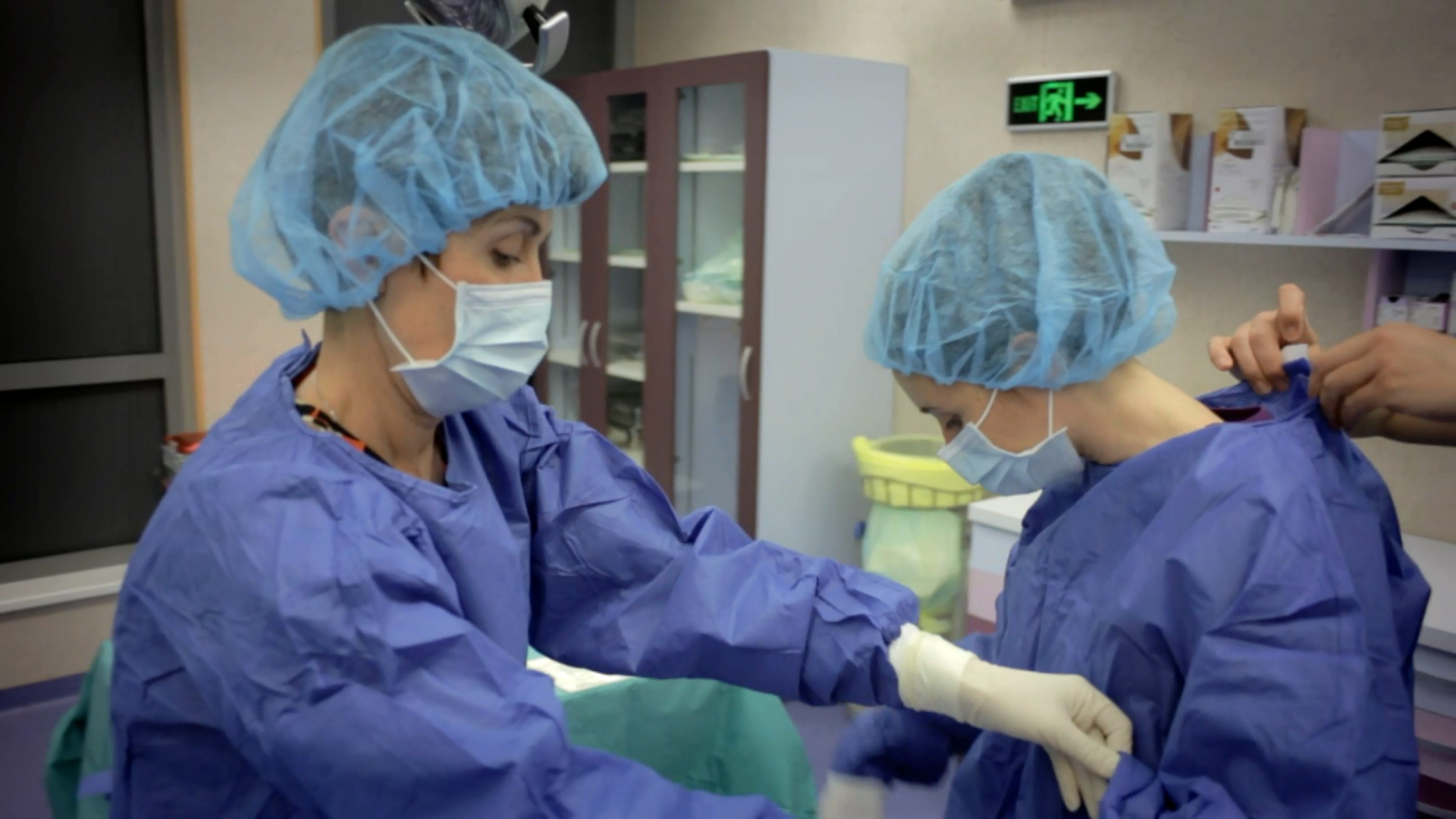Office (mini) hysteroscopy
What is Office Hysteroscopy?
The Office Hysteroscopy is an alternative to the classical diagnostic hysteroscopy. It is performed with special instrumentation and is particularly useful for diagnosis of asymptomatic patients treated for infertility.
When is Office Hysteroscopy advisable?
- unexplained with other diagnostic methods infertility
- diagnosis of heavy, prolonged or atypical menstrual bleeding
How do we perform Office Hysteroscopy?
Office Hysteroscopy is a transvaginal procedure, including the non-traumatic insertion of a mini-hysteroscope (thin optical telescope) in the uterine cavity. The size of the mini-hysteroscope on the standard method is 5 mm, and only 2.4 to 3.5 mm in the mini-hysteroscopy. For the ordinary course of the procedure, a distraction of the front and back uterine walls is required, and it is performed with a special liquid. The team monitors its actions, and the operation can be digitally recorded.
What are the advantages of Office Hysteroscopy according to the classical procedure?
- less invasive procedure
- minimal risks for the patient
- the procedure does not require anesthesia, and only in some cases, a local anesthesia may be applied
Office Hysteroscopy is not particularly relevant in cases of more severe gynecological pathology.
What is the minimum hospital stay?
A couple of hours
What are the contraindications for performing Office Hysteroscopy?
- inflammatory diseases of the female reproductive system
- heavy menstrual bleeding
- pregnancy
Schedule your gynecological prevention now
Call +359 2 920 0901 and book your medical appointment for gynecological prevention or with a reproductive specialist. Use the other ways to contact Dr. Shterev Hospital - our online booking form, the Viber channel or Facebook Messenger. Follow the instructions and meet your trusted medical specialist.
 Медицински комплекс „Д-р Щерев”
Медицински комплекс „Д-р Щерев” 